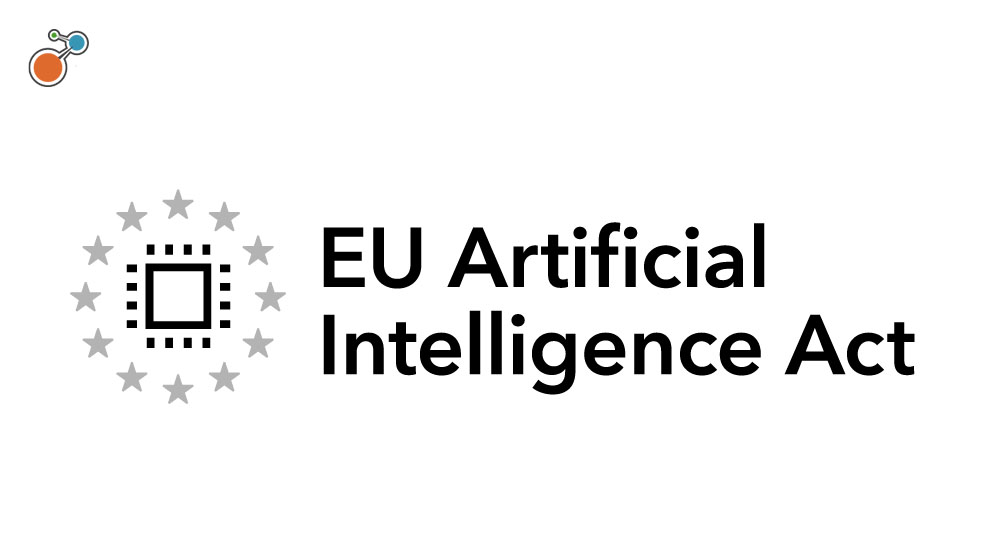New Business Continuity Concerns for Healthcare Providers
Hospitals are no stranger to the concept of emergency preparedness, but the Centers for Medicare and Medicaid Services (CMS) has some definite ideas on what is acceptable in this arena and is making them clear in new Conditions of Participation, which must be implemented by Nov. 15, 2017.
And CMS is expanding at least some of the same requirements to 16 other types of inpatient and outpatient providers — and suppliers — from ambulatory surgery centers and psychiatric residential treatment facilities to organ procurement organizations, many of whom may not have thought about business continuity in such a prescriptive way before.
Some key takeaways from the rule for affected entities:
- Organizations need to take an “all hazards” approach to their emergency plan, which must be reviewed and updated annually. Preparing for active shooters, power outages and pandemics won’t be enough.
- Emergency plans must be managed by policies and procedures, no longer simply operational guidelines (so no more flexibility).
- Inpatient and outpatient facilities MUST coordinate with local agencies.
- Organizations must maintain contact with clinicians AND staff, both during and after the emergency, and must have an effective communications plan for patients and family members to cover the same time period.
- Facilities transferring patients during an emergency must ensure that the receiving facilities have the same standards for privacy and security of patient data.
- All employees must be trained and tested on the emergency plan, and must be able to demonstrate knowledge of emergency procedures, evacuation routes and patient instructions (expect this to come up in future accreditation surveys).
- Organizations must conduct two exercises annually, and one of these must be a full-scale facility or community-based drill.
Rounding programs gain popularity
Regardless of which viewpoint actually better facilitates patient safety, patients are demanding more transparent information regarding the cost and quality of care at hospitals. And in an increasingly customer-centric and market-driven healthcare environment, many hospitals are complying with such demands to distinguish themselves from the competition.
More specifically, hospitals are investing in non-clinical rounding programs — structured check ins with patients, their families or particular areas of the hospital. Such programs have gained a lot of attention for their ability to improve patient safety and the overall patient experience.
They also have the added benefit of promoting continuous readiness for the accreditation surveys at issue in the latest CMS proposal — reducing the likelihood of negative survey results and the resulting potential risk of having them made public.
A recent patient safety-focused article from the American Hospital Association actually highlights how one small hospital implemented an inpatient leadership rounding program to increase patient and family engagement — and ultimately improve patient safety.
Technology makes implementing rounding programs easier, more effective
Despite rounding programs’ effectiveness, though, they aren’t necessarily easy to execute because of the logistics involved with organizing stakeholders, structuring the intake feedback, and then actually acting on the information collected or learnings that are realized.
Cost-conscious providers often look to their patient safety reporting system vendors to automate this labor-intensive and typically manual process — only to be disappointed that they can’t help because, in most cases, their solutions don’t directly relate to individual patients or events. At the same, purchasing a stand-alone accreditation management system can be expensive.
The right patient safety and risk management reporting technology, however, can effectively automate these critical activities; tie specific data to specific patients and providers; and integrate findings and corrective actions seamlessly into an organization’s overall improvement efforts for the benefit of all patients.
For instance, healthcare providers can electronically assign rounds to staff members and track progress and completion; input rounding data into customizable and mobile-enabled forms that allow standard and free-text responses; and assign corrective actions and track their progress and completion thanks to automatic notifications that can be triggered based on rounding responses.
And the best solutions aren’t limited to merely automating accreditation-related activities. They’re flexible and scalable, and can accommodate other rounding initiatives, including:
- Infection control practice performance against CDC standards
- Employee Health & Safety/OSHA compliance
- Focused medical reviews
No matter what happens at the federal level regarding hospital inspections and transparency, hospitals that want to compete in today’s marketplace are likely going to have to convert to releasing useful data sooner or later. Effective and integrated rounding can help improve provider performance and make it easier — and less worrisome — to reveal to the public.
CMS states that it will be granting no exceptions for non-compliance, including failure to provide required documentation to the agency.
So, how do you get ready for these new requirements?
You can certainly read the (yawn) Final Rule, but I would recommend the more accessible resources to be found at the website of the Assistant Secretary of Preparedness and Response (ASPR) of the federal Department of Health and Human Services (HHS). ASPR’s Healthcare Emergency Preparedness Information Gateway, TRACIE (Technical Resources, Assistance Center, Information Exchange), has a wealth of information, including specific requirements by provider type, a helpful overview presentation and more.
Oh, and you may want to make sure your business continuity management (BCM) system is up to the task.





